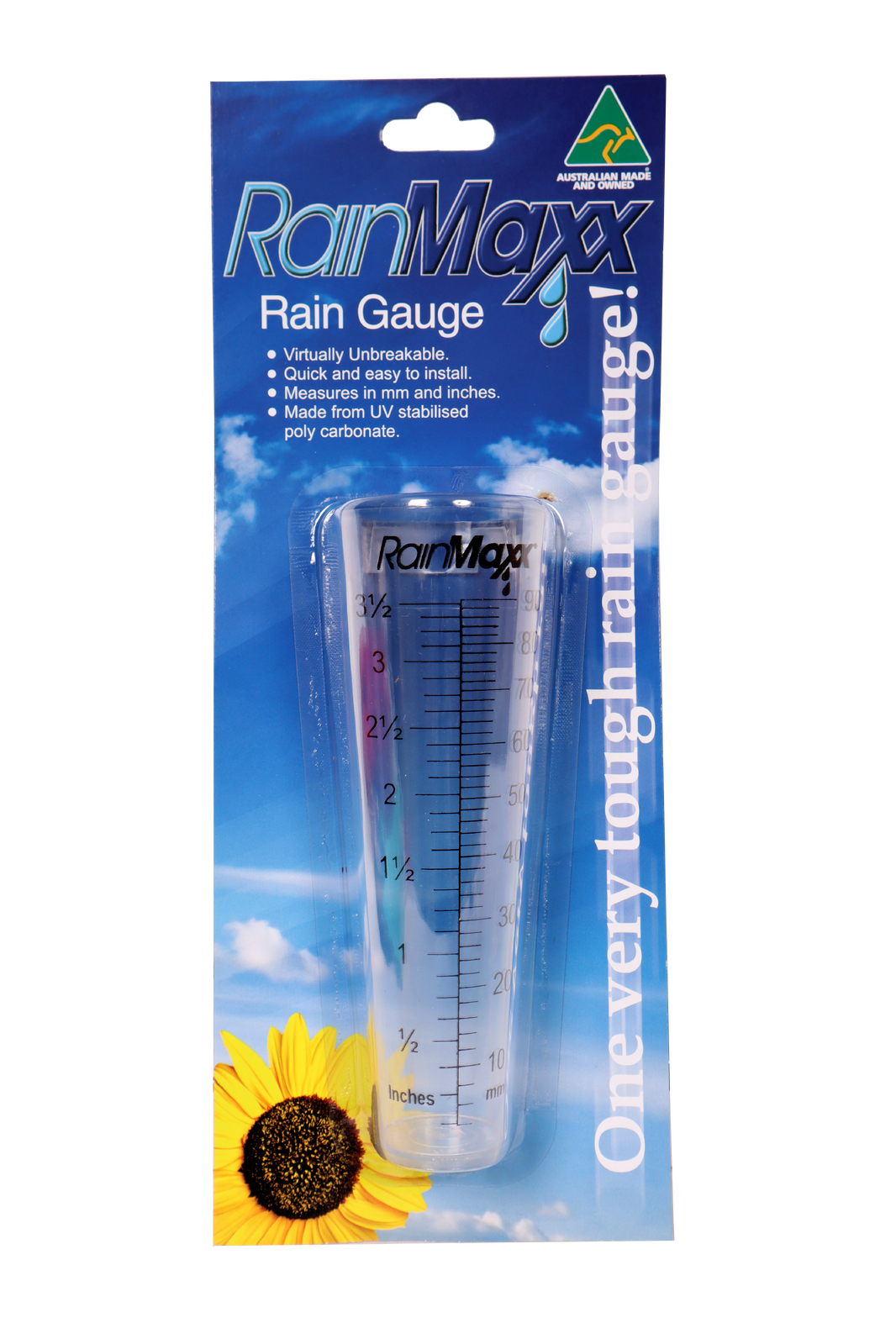How to Choose the Right Rain Gauge for Reliable Rainfall Tracking
How to Choose the Right Rain Gauge for Reliable Rainfall Tracking
Blog Article
Revealing the Scientific Research Behind Rain Assesses: How These Instruments Play a Crucial Duty in Climate Study and Environmental Tracking
Rainfall gauges, relatively easy tools, hold a profound significance in the realm of environment research and environmental surveillance. These unassuming tools quietly gather among nature's most necessary elements-- rainfall. Yet, behind their plain facade exists a complicated scientific research that is indispensable for recognizing the dynamics of our environment. As we peel off back the layers of this clinical veil surrounding rain determines, we uncover a world where accuracy, information accuracy, and precise observation assemble to reveal a deeper understanding of our altering environment and its influence on the earth.
Relevance of Rainfall Gauges
Rainfall determines play an indispensable duty in tracking and gauging precipitation degrees, providing crucial data for environment research and evaluation. These devices are basic in evaluating the quantity of rainfall that occurs in a particular location over a specific period. By gathering and measuring rainwater, rain gauges offer beneficial insights into the distribution and strength of precipitation, assisting meteorologists, hydrologists, and climatologists in recognizing weather condition patterns and trends.
Among the crucial reasons that rainfall gauges are crucial is their capability to provide localized and accurate data. Unlike satellite or radar-based measurements, which use broader monitorings, rain evaluates offer exact info certain to the place where they are positioned. This localized information is essential for various applications, including flood projecting, drought tracking, and water resource management. In addition, long-term data accumulated from rainfall evaluates assists in examining environment adjustment influences and patterns, adding dramatically to scientific research and decision-making procedures. In significance, rainfall gauges act as important devices in the area of weather forecasting and environmental scientific research, playing a crucial role in advancing our understanding of weather and environment characteristics.
Kinds of Rain Gauges

Functionality and Procedure
In the world of climate research study and meteorological studies, the effectiveness of rain evaluates lies in their intricate functionality and precise operational systems. Rain gauges are designed to properly measure the quantity of precipitation that falls over a particular area throughout a collection duration.
The functionality of rain evaluates is based on the principle of gathering and determining rain in a standard fashion. This accumulated information is critical for comprehending neighborhood weather patterns, tracking long-term climate trends, and examining environmental impacts. To make certain exact measurements, rain determines demand to be purposefully put in open areas far from blockages such as structures or trees that might hinder the collection procedure.
The functional facet of rainfall evaluates entails routine upkeep to stop debris buildup, calibration checks to keep measurement precision, and information tape-recording for evaluation (rain gauge). On the whole, the performance and operation of rainfall gauges are vital for gathering reputable rainfall data important to climate research study and environmental tracking
Role in Environment Research Study
Provided the important value of accurate precipitation measurements in recognizing weather patterns and ecological effects, the duty of rainfall determines in environment research study is important. Rain assesses supply crucial data for climate study by measuring the amount of precipitation that tips over a certain location during a given period. This information is essential for monitoring lasting trends in rainfall patterns, analyzing the effect of climate change on rains distribution, and enhancing climate versions.

Environment scientists use data accumulated from rainfall gauges to analyze variations in rainfall levels, recognize regional environment fads, and evaluate the effectiveness of water source monitoring approaches. By comparing historic precipitation information with existing dimensions, researchers can spot read this post here changes in precipitation patterns, such as adjustments in the frequency or strength of rainfall events. This details is essential for recognizing how environment modification is affecting rainfall dynamics and can help policymakers make informed decisions pertaining to adjustment and mitigation approaches.
Applications in Ecological Monitoring

In flood forecasting, rainfall gauge information aids to track rainfall intensity and distribution, enabling authorities to release timely warnings and take necessary measures to mitigate flood threats (rain gauge). Dry spell tracking relies on rain scale data to assess wetness degrees in the soil and track precipitation deficiencies, assisting in the recognition of drought-prone locations and the application of dry spell response methods
Moreover, rain gauge information plays an essential function in water resource administration by supplying information on water availability and use fads. Furthermore, in agriculture, rain scale information helps farmers in enhancing watering timetables, plant selection, and total ranch administration techniques based on neighborhood precipitation patterns.
Final Thought
In verdict, rain gauges are essential tools for determining rainfall, supplying important information for climate research this study and ecological monitoring. With numerous kinds and capabilities, rainfall evaluates play an important function in comprehending precipitation patterns and their effect on useful source the atmosphere. By properly gauging rainfall, these gadgets contribute to the innovation of scientific understanding and aid in making educated choices relevant to water resource management and catastrophe readiness.
Rain determines play a crucial role in tracking and measuring rainfall degrees, supplying crucial information for climate study and analysis. The typical rain scale, recognized as the "tipping pail" gauge, is one of the most typically used gadgets. Ultrasonic rain assesses usage audio waves to spot the visibility of rain, providing real-time data on rainfall degrees.Environment scientists make use of data collected from rainfall evaluates to examine variants in rainfall degrees, determine regional environment patterns, and examine the performance of water resource management techniques.In conclusion, rainfall determines are crucial devices for measuring rainfall, supplying important information for climate study and ecological surveillance.
Report this page